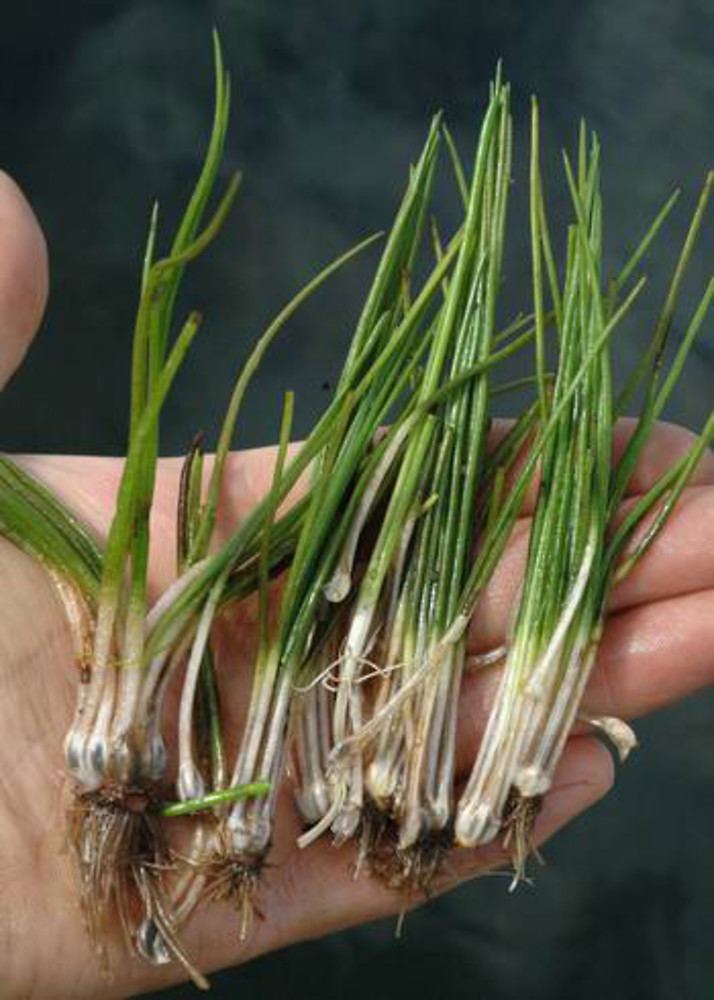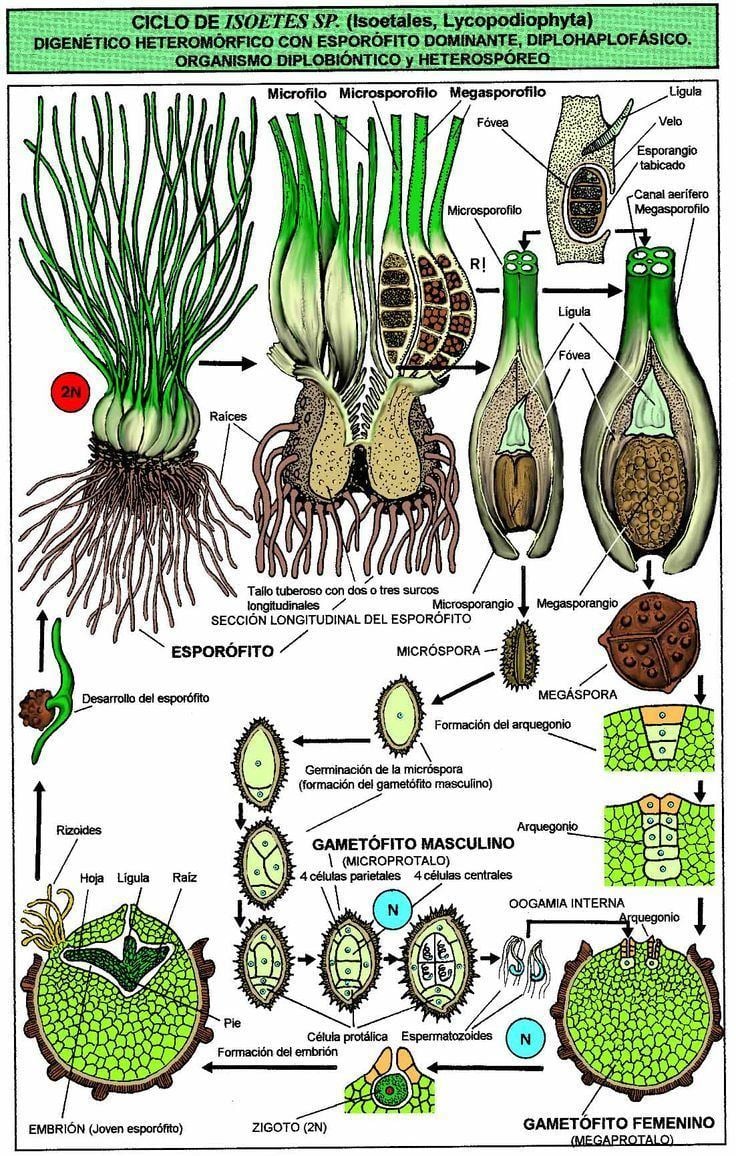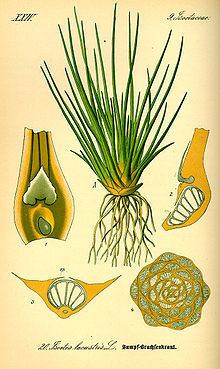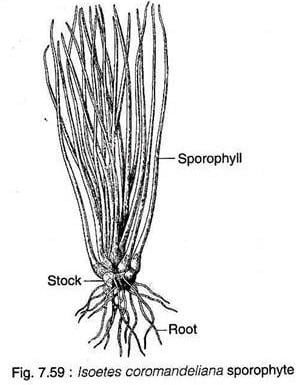Scientific name Isoetes Rank Genus | Division Lycopodiophyta Family IsoetaceaeRchb. | |
 | ||
Lower classifications Isoetes lacustris, Isoetes taiwanensis, Isoetes echinospora, Isoetes sinensis, Isoetes howellii | ||
Sandhan agic isoetes pteridophyta
Isoetes, commonly known as the quillworts, is a genus of plants in the class Isoetopsida and order Isoetales. They are lycopods and the only genus in Isoetaceae. There are currently 192 recognized species, with a cosmopolitan distribution but often scarce to rare. Some botanists split the genus, separating two South American species into the genus Stylites, although molecular data place these species among other species of Isoetes, so Stylites does not warrant taxonomic recognition.
Contents
- Sandhan agic isoetes pteridophyta
- Isoetes velata reproduction by rareaquaticplants iannella massimo
- Description
- Classification
- Evolution
- References

The name of the genus may also be spelled Isoëtes. The diaeresis (two dots over the e) indicate that the O and the e are to be pronounced in two distinct syllables. Including this in print is optional; either spelling (Isoetes or Isoëtes) is correct.

Isoetes velata reproduction by rareaquaticplants iannella massimo
Description

Quillworts are mostly aquatic or semi-aquatic in clear ponds and slow-moving streams, though several (e.g. I. butleri, I. histrix and I. nuttallii) grow on wet ground that dries out in the summer. Quillwort leaves are hollow and quill-like, with a minute ligule at the base of the upper surface. arising from a central corm. Each leaf is narrow, 2–20 centimetres (0.8–7.9 in) long (exceptionally up to 100 cm or 39 in) and 0.5–3.0 mm (0.02–0.12 in) wide; they can be either evergreen, winter deciduous, or dry-season deciduous. They broaden to a swollen base up to 5 mm (0.20 in) wide where they attach in clusters to a bulb-like, underground rhizome characteristic of most quillwort species, though a few (e.g. I. tegetiformans) form spreading mats. This swollen base also contains male and female sporangia, protected by a thin, transparent covering (velum), which is used diagnostically to help identify quillwort species. They are heterosporous. Quillwort species are very difficult to distinguish by general appearance. The best way to identify them is by examining the megaspores under a microscope.
Classification

Compared to other genera, Isoetes is poorly known. Even after studies with cytology, scanning electron microscopy, and chromatography, species are difficult to identify and their phylogeny is disputed. Vegetative characters commonly used to distinguish other genera, such as leaf length, rigidity, color, or shape are variable and depend on habitat. Most classification systems for Isoetes rely on spore characteristics, which make species identification nearly impossible without microscopy.

Many species, such as the Louisiana quillwort and the mat-forming quillwort, are endangered species. Several species of Isoetes are commonly called Merlin's grass, especially I. lacustris, but also the endangered species I. tegetiformans and I. virginica.
Evolution

Fossilised specimens of I. beestonii have been found in rocks dating to the latest Permian. Quillworts are considered by some to be the last remnant of the fossil tree Lepidodendron with which they share some unusual features including the development of both wood and bark, a modified shoot system acting as roots, bipolar growth, and an upright stance.

